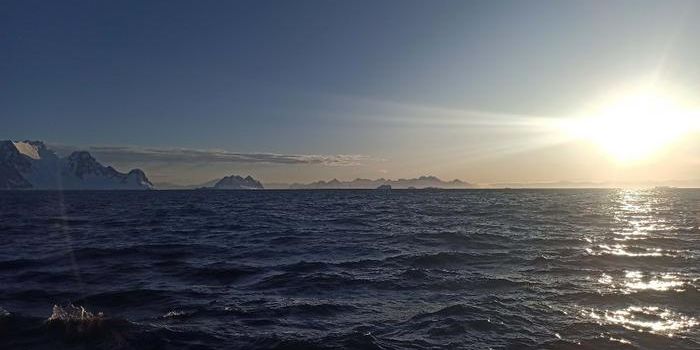A wetter world, but with less available water
Humans aren’t the only ones who will be thirstier in the coming decades of increased surface temperatures – plants, too, will likely consume greater amounts of water in our climate-changing world, thus leaving less available water for other species. That’s according to new research from Dartmouth College published recently in Nature Geoscience. The study predicts that regions in North America and Europe will be hit particularly hard with this phenomenon.
Previous investigations have predicted that climate change will result in a reduction of water uptake by plants due to higher carbon dioxide concentrations. That idea is based on the concept that with more CO2, plants can photosynthesize more efficiently while limiting the amount of water they transpire into the atmosphere via closing their stomata.
Lead author of the study, Justin S. Mankin, is an adjunct research scientist at Lamont-Doherty Earth Observatory at Columbia University as well as an assistant professor of geography at Dartmouth. He explains how the role that plant transpiration plays in the global water cycle:
"Approximately 60 percent of the global water flux from the land to the atmosphere goes through plants, called transpiration. Plants are like the atmosphere's straw, dominating how water flows from the land to the atmosphere. So, vegetation is a massive determinant of what water is left on land for people. The question we're asking here is, how do the combined effects of carbon dioxide and warming change the size of that straw?"
According to Mankin and fellow researchers’ findings, previous studies overlooked an important factor when considering plants’ water consumption under climate change conditions: latitude. The scientists say that only in the tropics and subtropics will we see plants transpiring less because in these areas water is already widely available. Yet in temperate regions, such as in North America and Eurasia, while climate models point toward more precipitation and overall wetter climates, there are other factors at play that will ultimately result in less water availability.
Science Daily details just how the researchers predict climate change will affect freshwater availability and plant water consumption: “As carbon dioxide increases in the atmosphere, plants require less water to photosynthesize, wetting the land. Yet, as the planet warms, growing seasons become longer and warmer: plants have more time to grow and consume water, drying the land. Finally, as carbon dioxide concentrations increase, plants are likely to grow more, as photosynthesis becomes amplified. For some regions, these latter two impacts, extended growing seasons and amplified photosynthesis, will outpace the closing stomata, meaning more vegetation will consume more water for a longer amount of time, drying the land.”
Many parts of these temperate regions already suffer from droughts and arid conditions, maximizing the risk of fires and species extinction, as well as crop and hydropower failure. The ability to properly assess future water availability is of utmost importance to the very backbone of countless lives, both human and non-human. The researchers hope their findings will impress on upon the public the urgency of this topic to guide land and water management policies.
Sources: Nature Geoscience, Science Daily









